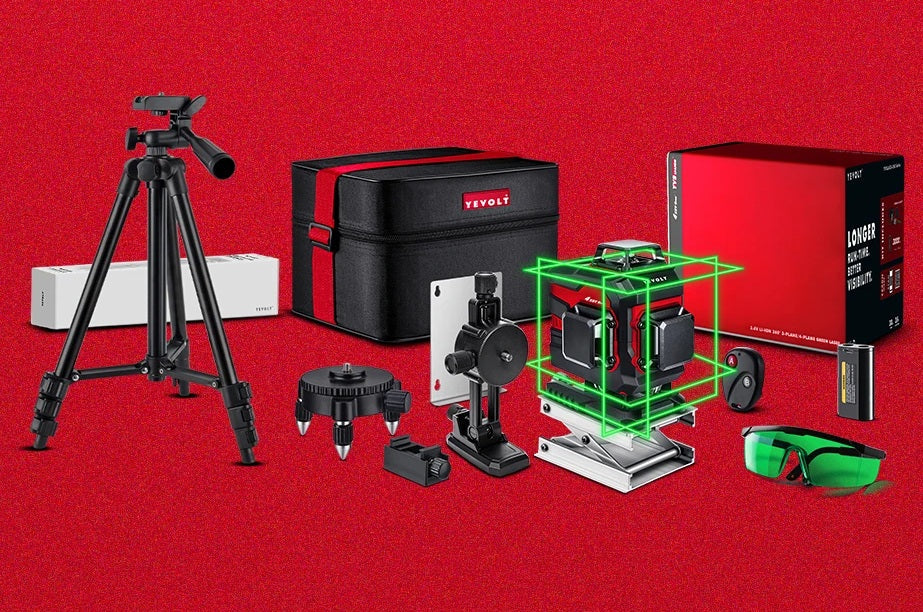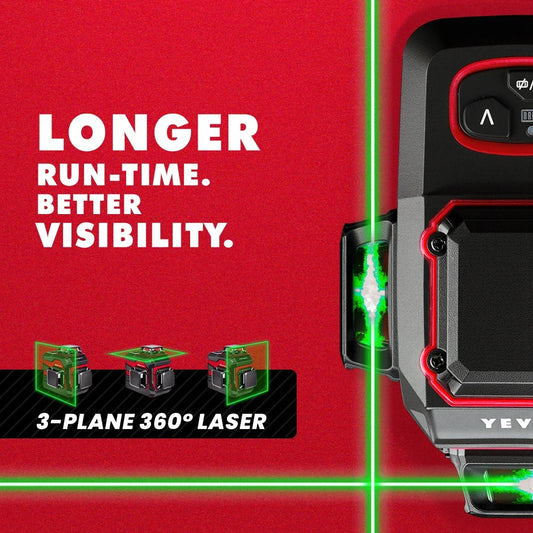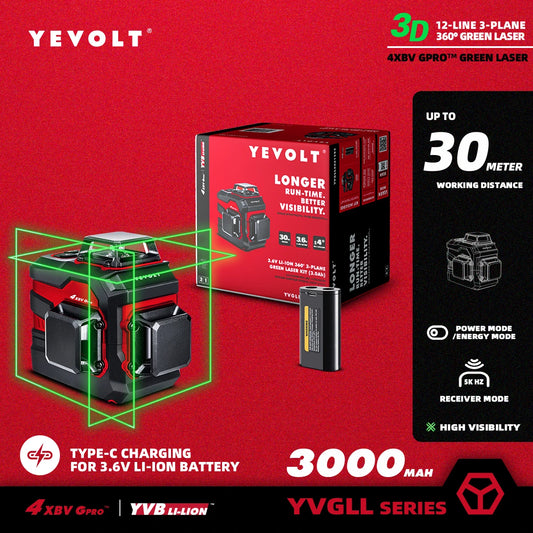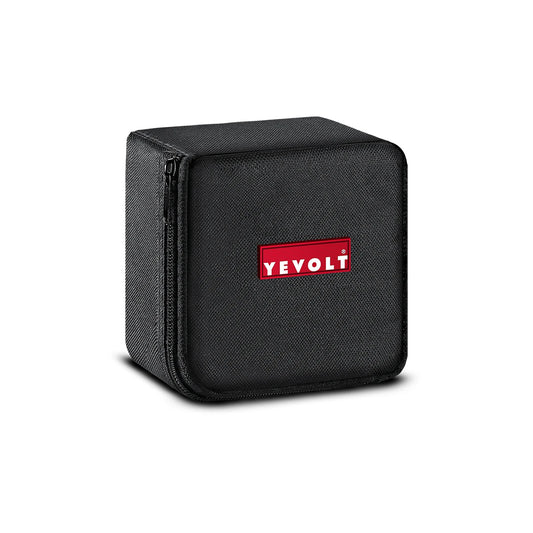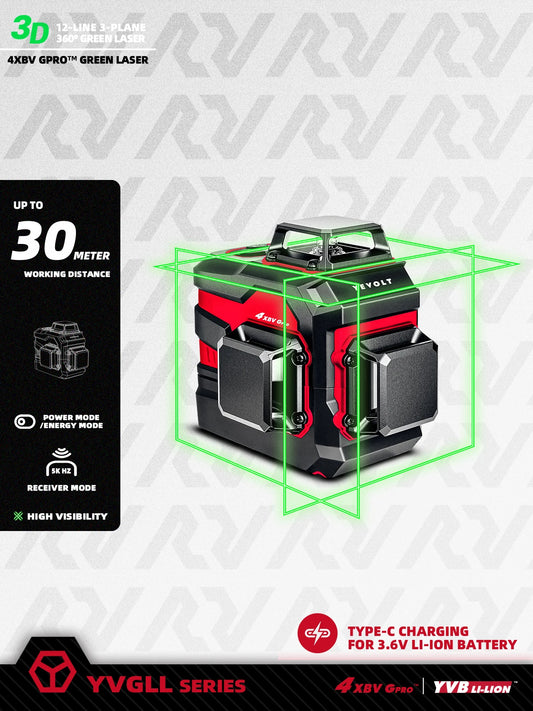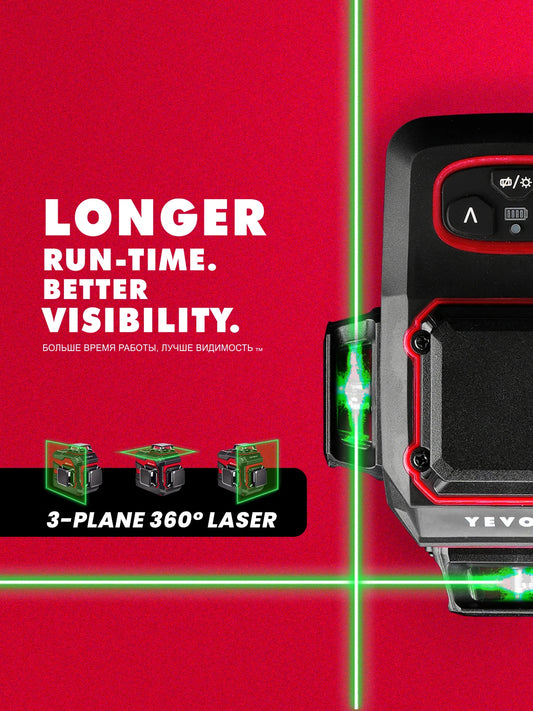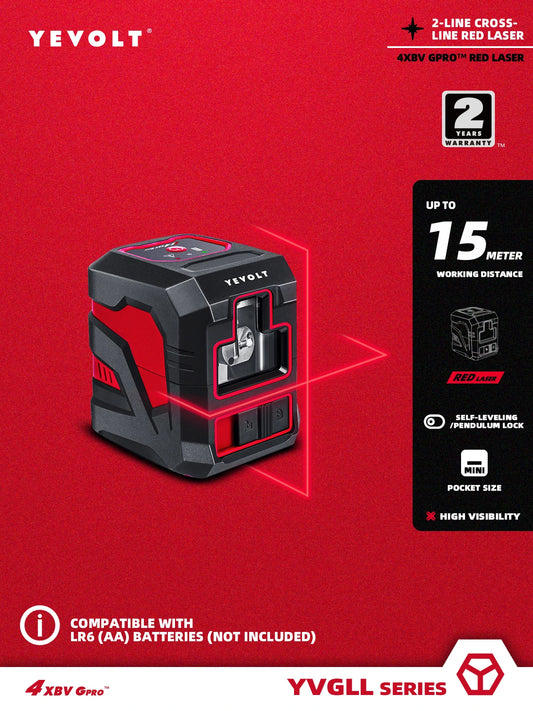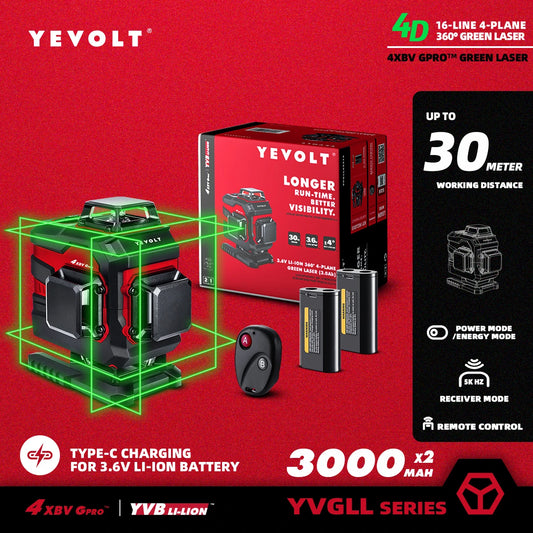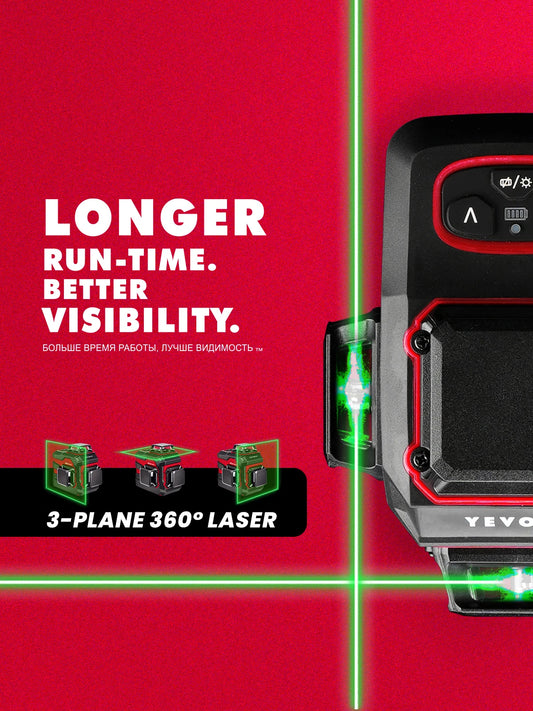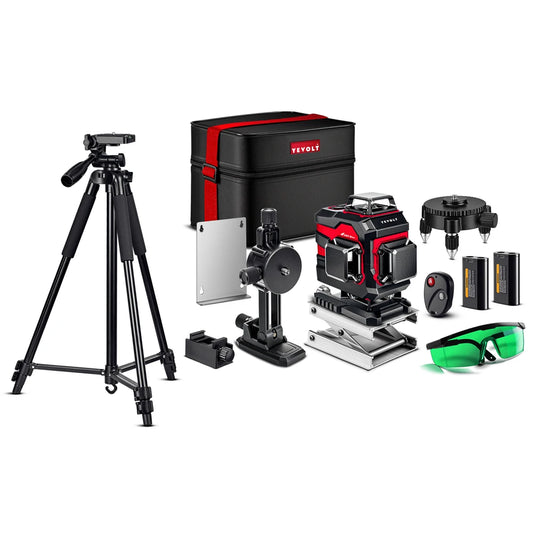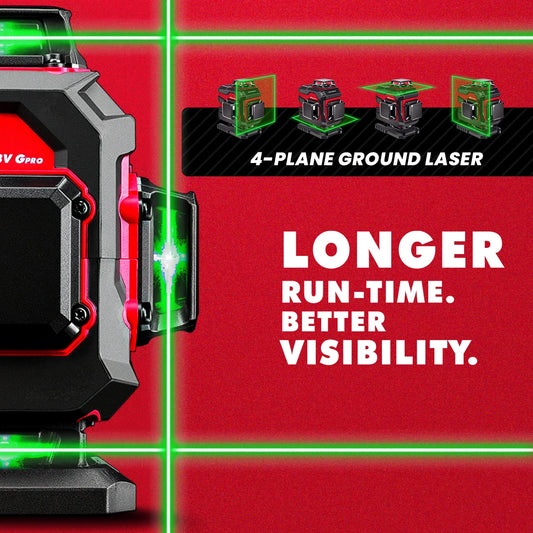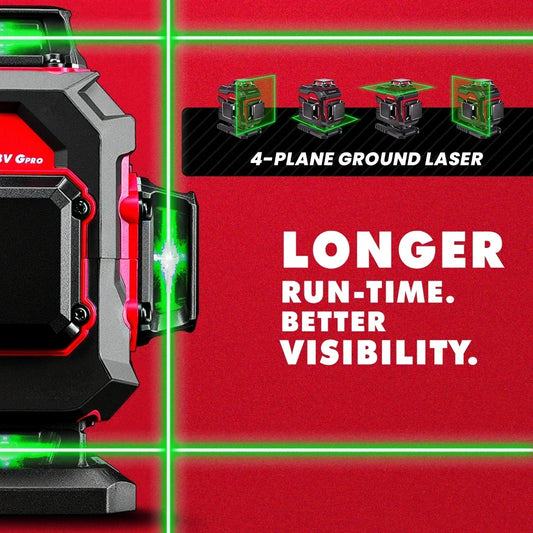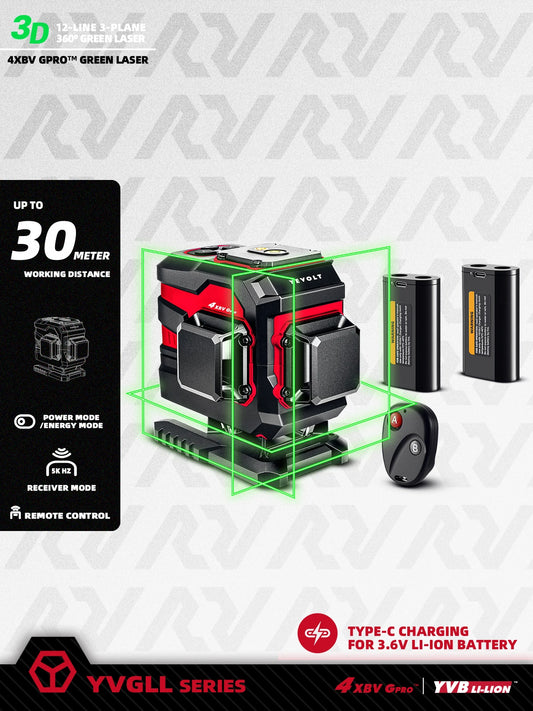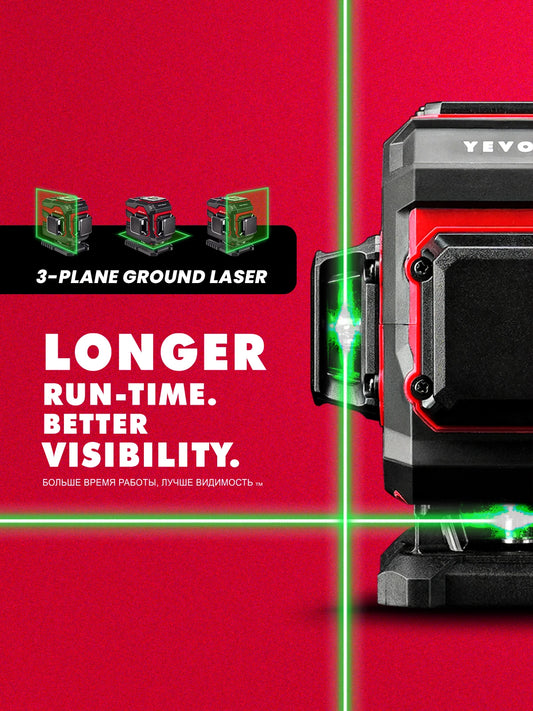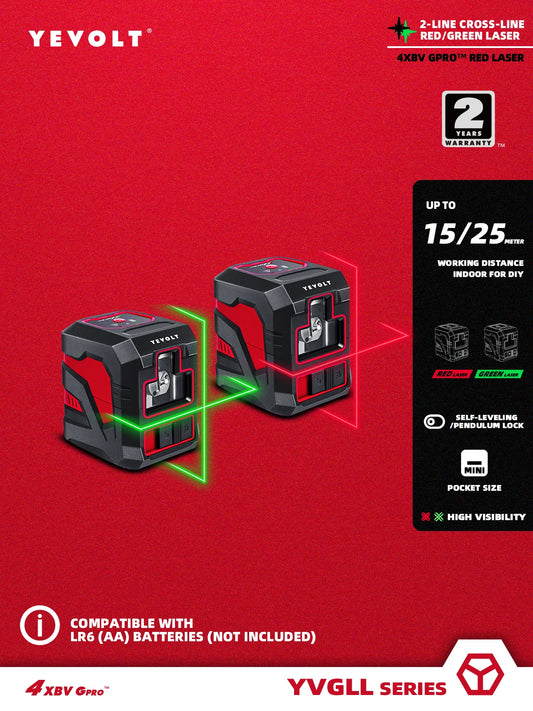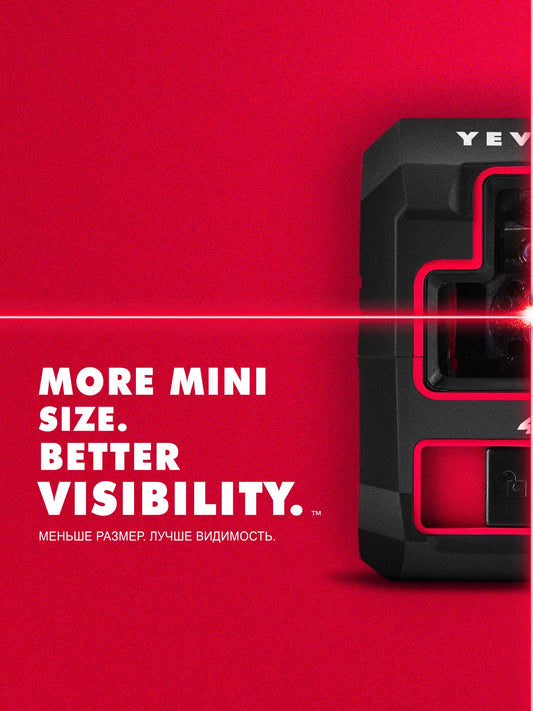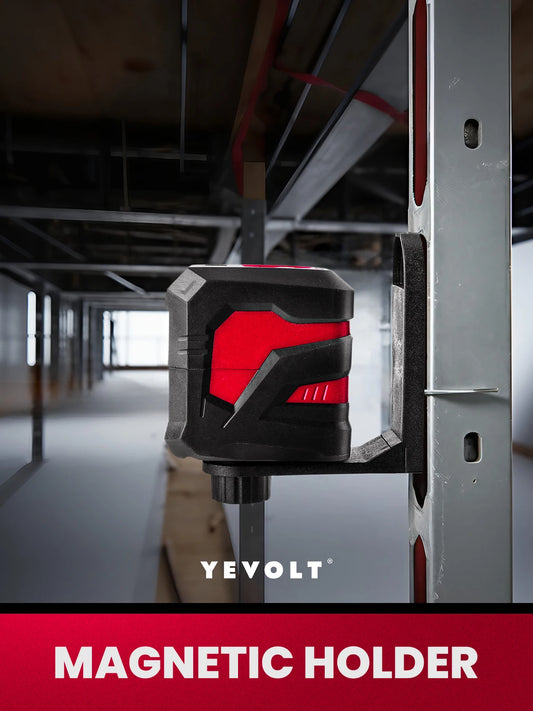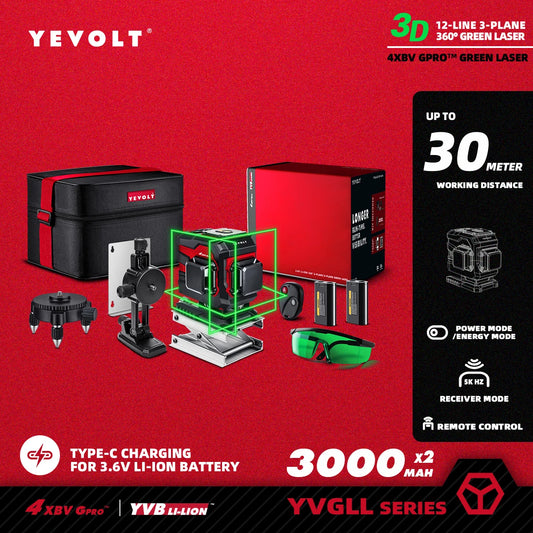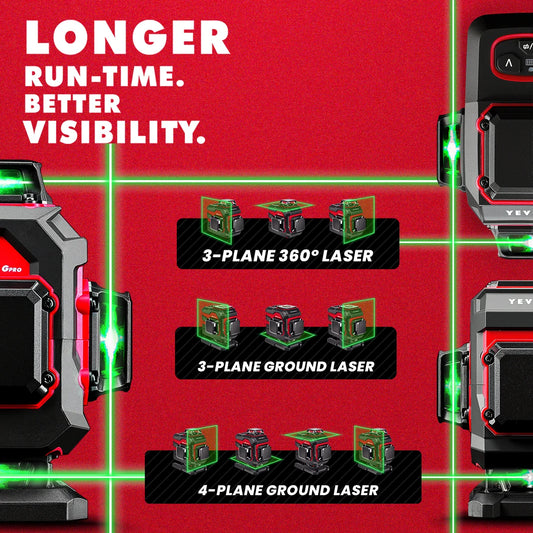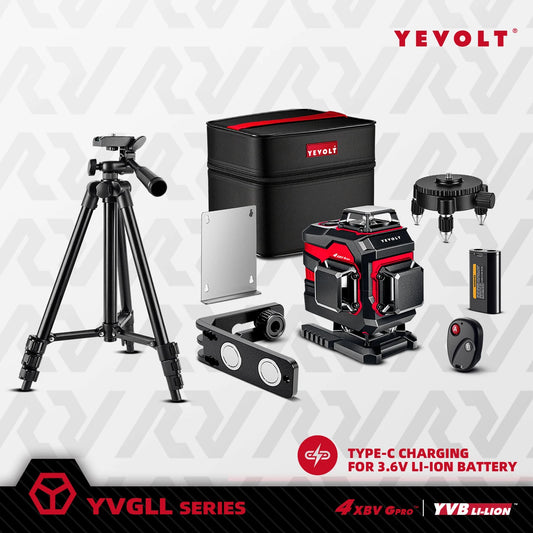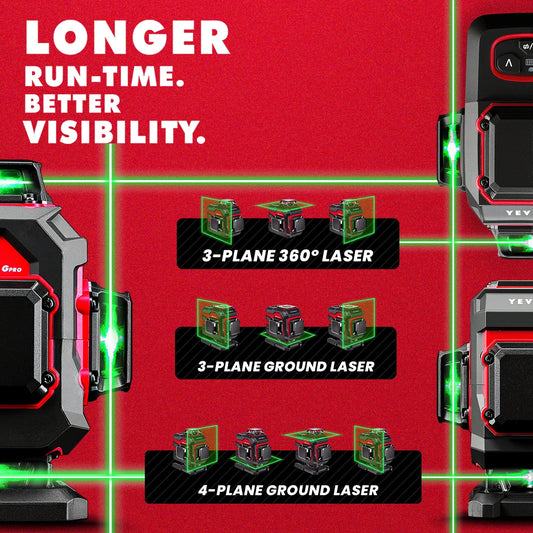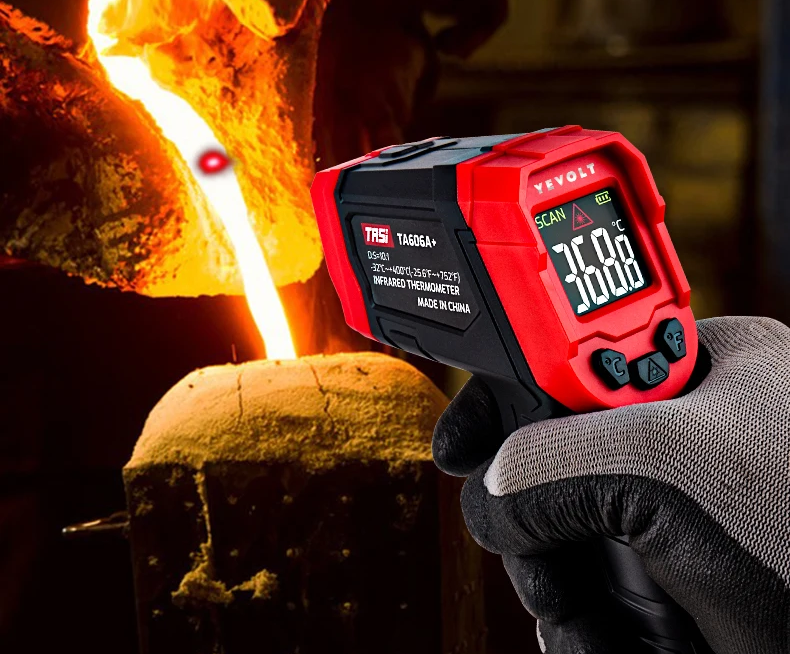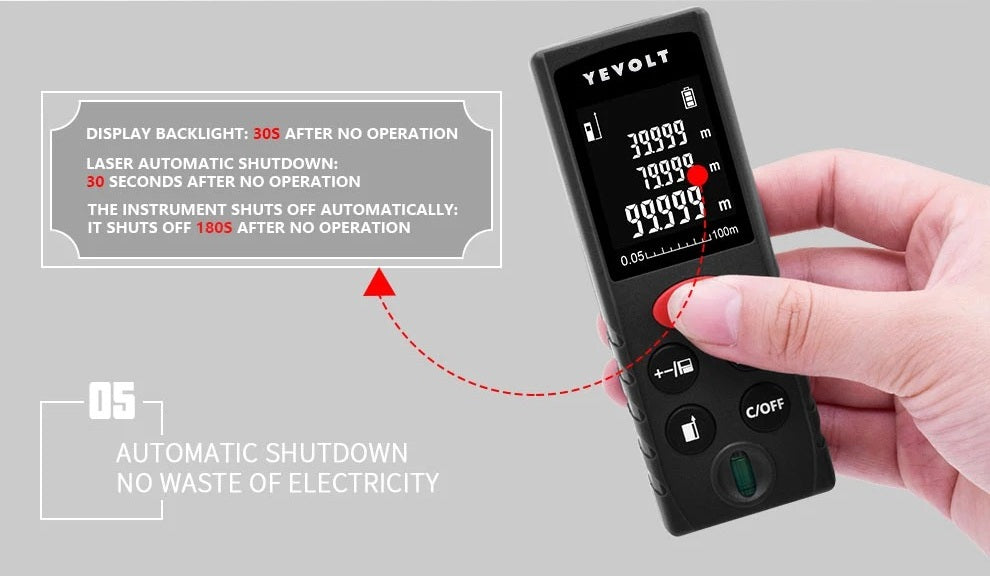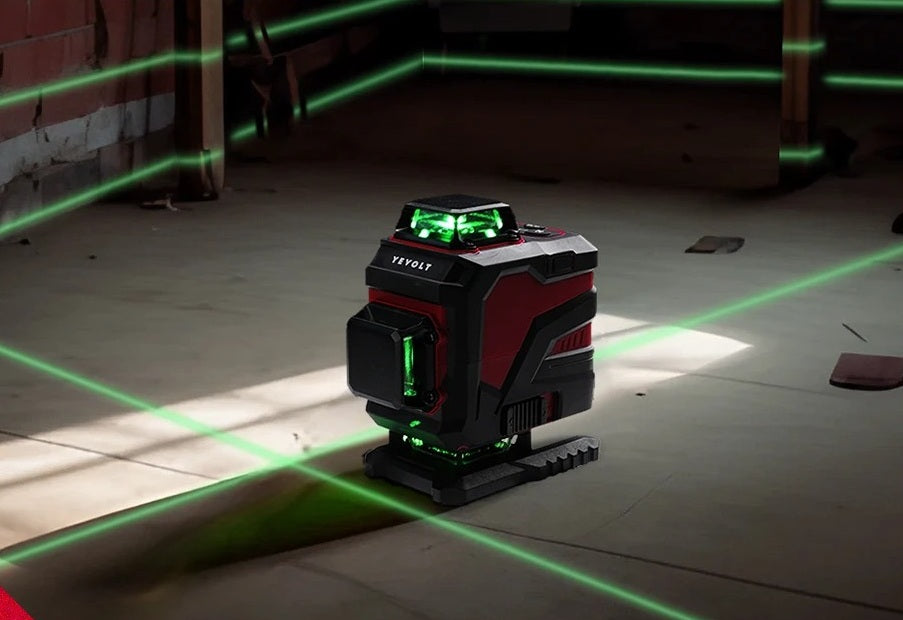10 Things to Know About Power Punch Tools (Expert Review) 2025

Compartilhar
In my years working on industrial fabrication, automotive repair, and heavy maintenance jobs, I’ve come to value tools that deliver high force with precision. Among these, the power punch tool stands out as a game changer.
What exactly is a power punch tool, and why might you want one in your arsenal? At its core, a power punch is a device engineered to cut or “punch” clean, round holes through sheet metal, plate, or other stiff materials — but unlike manual punches, it uses hydraulic, electric, or battery power to do so faster, with less effort, and with higher consistency.
A high-quality power punch tool can dramatically reduce setup time, operator fatigue, and the need for pre-drilling. Whether you’re fabricating panels, installing conduit, or working in HVAC, electrical, or structural steel fields, having the right power punch can boost productivity.
In this article, I’ll walk you through the types of power punch tools, key specifications to watch, my own tips from hands-on experience, and the best practices to maintain reliability and safety. By the end, you’ll not only understand what a power punch tool is — you’ll know exactly what to look for when choosing one, whether from YEVOLT.NET or another trusted brand.
Best Power Tools | Shop YEVOLT Best Sellers Now
What Is a Power Punch Tool?
Manual vs. Powered Punching Tools
Traditionally, punching holes in sheet material was done with manual punches and dies plus brute force (hammer, arbor press, etc.). But for thicker or tougher materials, manual methods become slow, inconsistent, and fatiguing. That’s where power punch tools come in: they apply force hydraulically or electrically to push a punch through the workpiece, delivering clean, accurate holes with minimal manual effort.
Types of Power Punch Tools
Here are the main categories I’ve used in the field:
-
Hydraulic / Electric Knockout Punch Tools — Convert electric or battery power into hydraulic pressure. These are excellent for punching round holes in steel up to a certain gauge.
-
Cordless Hole Punch Tools — These are battery-powered devices (often lithium-ion) that do not require external power. For example, Makita’s 18V LXT® cordless hole puncher (model XPP01ZK) can punch a ~5/16″ hole in ¼″ steel in under 5 seconds.
-
Compound or Lever-Assisted Punch Tools — These use mechanical leverage with punches/dies, suitable for thinner materials. They require less user force but aren’t fully powered.
-
High-Force Hydraulic & Knockout Systems — Industrial-grade systems for heavy fabrication or sheet-metal work. Grainger, for example, catalogs many heavy-duty power punching tools for industrial use.
Each type has its own trade-offs in portability, force, precision, and cost.
2 Line Lasers | Shop Now

Hammer Drill | Rotary Lasers | Laser Distance Meter | Multimeters | Clamp Meter
Key Specifications & What to Evaluate
When I’m evaluating a power punch tool to bring on job sites, here are the specs I always scrutinize:
Punching Capacity (Material & Thickness)
This tells you how thick a material the tool can punch cleanly. For example, some hydraulic knockout tools can punch 6″ holes in 12-gauge mild steel and even stainless steel up to certain gauges. The Milwaukee M18™ FORCE LOGIC™ 10T knockout tool is a popular example with strong capacity.
Force (Tonnage)
Force rating (e.g. 5T, 10T) indicates how much pressure the tool can exert. More tonnage means you can punch thicker or tougher materials with ease.
Hole Size / Die Range
Check the minimum and maximum hole diameters supported by included dies. A versatile set often covers sizes from small (e.g. 3/32″) up to an upper limit.
Throat Depth / Reach
This is how far from the edge you can place your punch and still have the tool work. For panels or sheets, deeper throat depth is often required.
Cordless Drills | Shop Now
Power Source & Portability
Corded electric, battery (cordless), or pump-powered systems each offer different tradeoffs in flexibility, weight, and runtime.
Speed, Cycle Time & Return
Faster punching and die retraction improves throughput. Some tools have automatic return or eject features to speed up repeated operations.
Build Quality & Durability
Materials such as hardened steel punches, precision alignment bearings, and sealed housings (for dusty or outdoor environments) make a real difference in lifespan.
Safety & Controls
Look for features like pressure relief valves, die locking systems, ergonomic grips, and guards.
Infrared Thermometers | Shop Now

Hygrothermograph | Moisture Meter | Illuminometer | Anemometer | Sound Level Meter
My Experience: Tips & Best Practices
After using several models over years, here are some lessons I’ve learned the hard way:
Pre-Test on Scrap
Before punching your final metal, always test on a scrap piece of the same thickness and material. This helps you confirm die alignment, clearance, and whether lubrication is needed.
Lubrication & Maintenance
Use proper cutting lubricant on the die surfaces to reduce wear and heat. Clean and inspect after every job, checking for burrs or damage on the punch/die faces.
Align Carefully
Misalignment is the number one cause of tool damage. Use center marks or alignment jigs to ensure the punch and die line up precisely.
Don’t Overload
If you try to punch beyond the tool’s rated capacity, you risk bending or damaging internal components. Match your application to the tool’s spec.
Safe Operation
Always wear eye protection (chips can fly). Ensure that hands and body parts are clear from the punch path. Use the tool firmly and steadily; avoid jerky operations.
Storage & Transport
If your tool includes dies, store them in a protective case. In transport, secure hoses or battery packs to prevent knocks or drops.
Applications & Use Cases
Here are real-world scenarios where I regularly use a power punch tool:
Electrical / Conduit Work: Cutting knockout holes in metal panels or enclosures.
HVAC / Sheet Metal Work: Creating precise holes for ducts, flanges, or fasteners.
Automotive / Fabrication: Punching holes for brackets, frames, or body components.
Industrial Maintenance: Retrofitting panels, mounting machinery, or repairing structural steel.
In each, the speed and cleanliness of a powered punch tool beat drilling, grinding, or manual punching many times over.
Laser Levels | Shop Now
Choosing the Right Power Punch Tool for Your Needs
Here’s a checklist I often run through when selecting one for a shop or project:
Material & Maximum Thickness: Know the thickest metal gauge you’ll be working with.
Portability vs Power: Cordless for flexibility, corded or pump systems for heavy duty.
Die Range: Ensure your most-used hole sizes are supported.
Durability & Serviceability: Availability of spare dies, parts, support.
Ergonomics & Safety: Comfortable grip, manageable weight, safety controls.
Cost vs ROI: For many of my clients, the time saved pays off the tool quickly.
If you’re considering a YEVOLT.NET-branded power punch or hole-punch offering, I’d be happy to help you compare their specs, recommend the best model, or even draft hands-on usage content tied to your product line.
Voltage Testers | Shop Now
